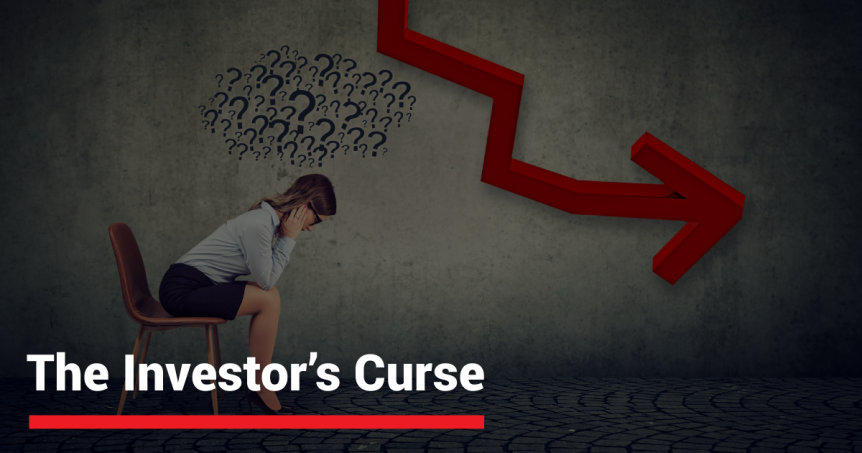As an investor, you need to be aware of the underlying biases and human tendencies that can influence your behavior and cause you to act irrationally. In the most recent blog post, we discussed how emotions and psychology often have a negative impact on our investment decisions. We took a closer look at recency bias and herd mentality, two common phenomena in the field of behavioral finance. This week, we’ll examine two more investor flaws – gambler’s fallacy and confirmation bias.
Gambler’s Fallacy
With the gambler’s fallacy, an individual falsely assumes that a series of random events will determine the outcome of a subsequent event. This idea is erroneous because past events do not change the probability of a certain outcome in the future.
For instance, consider a roulette wheel that has landed on black for the last 10 spins. Under the gambler’s fallacy, a person might predict that the next spin is more likely to land on red. This line of thinking represents an inaccurate understanding of probability because the likelihood of either color is generally 50 percent. Each spin is an independent event, which means that any and all previous spins have no bearing on future spins.
It’s important to understand that in the case of independent events, there is no such thing as an event being “due.” An event is not more likely just because it has not happened for a long time. Relating to investing, people often try to predict patterns and then buy or sell based on how they think that pattern will play out. Since these events happen entirely by chance, the pattern has to end eventually.
To get a better understanding of how random the market is, take a look at the Callan Periodic Table of Investment Returns. Sure, you might be able to see some short-lived trends; the key is recognizing that no pattern can be predicted with any kind of consistency. It’s easy for our brains to trick us into confusing skill with luck.
(Click here to see enlarged image.)

The experiment above illustrates this clearly. On the left you will see that 50 percent of actively managed mutual funds beat the S&P 500 in one year. That drops to 27 percent of the funds beating the S&P 500 for two years in a row. Only 3 percent could beat the S&P 500 for five consecutive years. Compare this to the results on the right, which are coin tosses. The numbers – and the chances – are nearly identical.
There’s a reason that investment disclosures warn us: Past performance is not indicative of future results.
Confirmation Bias
Sometimes your perceptions are not really a true representation of reality. This doesn’t mean that there is something wrong with your senses, but rather that our brains have a tendency to bring out certain biases when processing information and events. People have a habit of filtering and favoring information that supports their decisions and beliefs, while avoiding or ignoring that which does not. This kind of selective thinking is known as confirmation bias.
A good example of confirmation bias can be seen in your news preferences. Do you primarily watch one major news network versus another? In fact, do you strongly dislike or disagree with the others? This is because your programs of choice confirm the beliefs that you hold and the other channels and commentators present contrasting views. It is human nature to avoid contradicting opinions, but sometimes, it can be detrimental.
In investing, the biggest problem with confirmation bias is that it leads to a lack of objectivity – and when it comes to your money, you absolutely cannot afford to be biased. Rational market participants, confronted with a crippled investment strategy, would simply go find something better, right? Sadly, because of their confirmation bias, many people do nothing but cling irrationally to outdated ideas that aren’t working for them.
It is your job as an investor to be able to recognize your biases. Play a “devil’s advocate” role if you must. Ask yourself: Does this strategy truly match my objectives, risk tolerance, and time horizon? Am I, or my financial advisor, making emotional decisions that are negatively affecting my portfolio? Is my approach working for me? If your answers point to irrational behavior, it’s time for a new outlook.
For more interesting reads on behavioral finance, check out Kim’s Recommended Reading List, which includes these relevant titles:
– Irrational Exuberance by Robert J. Shiller
– Mean Markets and Lizard Brains by Terry Burnham
– Investment Madness by John R. Nofsinger
– The Drunkard’s Walk – How Randomness Rules Our Lives by Leonard Mlodinow
– The Fourth Turning by Strauss and Howe







